USDA forecasts a 2% increase in pork output next year, signaling cautious optimism for the recovering swine industry.
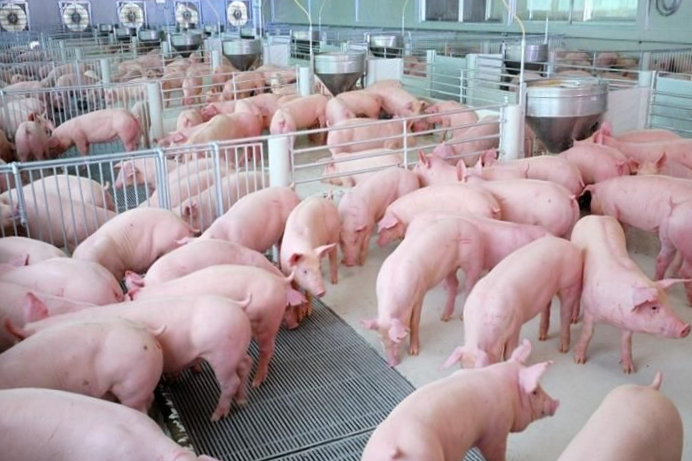
Pork production in the Philippines is expected to rise by 2% in 2026, marking a modest recovery after two years of decline due to African swine fever (ASF), according to the USDA’s latest GAIN report.
Production is projected to reach 980,000 tons in 2026. This growth is driven by wider ASF vaccine coverage, stronger biosecurity, and improved swine genetics.
In 2024, ASF outbreaks hit major production areas, cutting output by 5%. Production dropped another 5.6% in H1 2025. By July 2025, the national swine inventory had fallen to 9.01 million heads—the lowest since 2019.
Smallhold farms, which account for 72% of the total herd, were especially affected, with their numbers falling 5.7% year-on-year in July 2025.
The report noted that ASF cases have since declined. Data from the Bureau of Animal Industry show that as of August 2025, only 51 barangays had active cases, down 80% from the previous year. Batangas, a key pig-producing province, reported no cases.
Some farms have begun repopulating, and the rising demand for gilts suggest renewed confidence among producers.
Government support, vaccine expansion drive recovery
In July, the Department of Agriculture announced new measures as part of its USD 21.8 million program to help industry recovery. These include:
Meanwhile, the government-controlled ASF vaccine rollout is expanding. Initially focused on smallhold farms, the Vietnam-made AVAC ASF Live vaccine is now reaching commercial operations. Earlier, AVAC Vietnam announced it has shipped another 340,000 doses of the vaccine to the Philippines on September 8.
Two other vaccines are reportedly undergoing clinical trials in compliance with Food and Drug Administration (FDA) regulations prior to their commercial use. In May 2025, the Department of Agriculture and FDA discussed updates of possible ASF vaccines, with possible commercial rollout by end-2025.
For its part, the Department of Science and Technology (DOST) launched ASF testing kits in August 2025, noting that these kits allow fast, accurate DNA testing and are tailored to local ASF strains.
Improved biosecurity, lower feed cost strengthen outlook
The USDA noted that biosecurity practices are improving across the sector. Pig producers are sharing strategies, and development partners are training smallholders. Commercial farms are testing feed inputs, enforcing stricter protocols, and using PCR tests to detect the virus.
Farms are also adopting better swine genetics and optimizing feed rations. These changes aim to improve carcass yield and liveweight, though gains may take time to offset losses among smallholders.
Meanwhile, lower feed costs, especially for corn and soybean meal, are expected to ease production costs and support profitability.
Taken together, these developments suggest a gradual recovery in pork production is underway.
Subscribe now to the technical pig magazine
AUTHORS
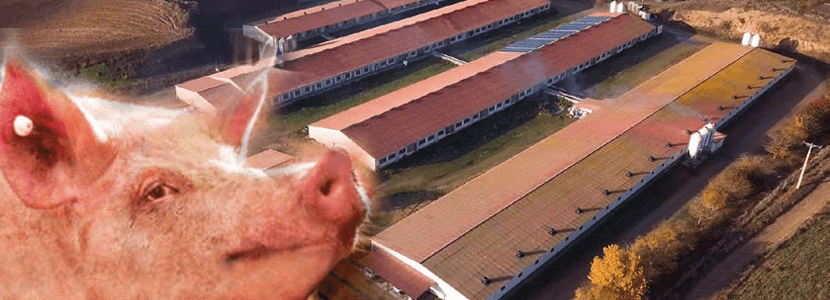
Bifet Gracia Farm & Nedap – Automated feeding in swine nurseries

The importance of Water on pig farms
Fernando Laguna Arán
Microbiota & Intestinal Barrier Integrity – Keys to Piglet Health
Alberto Morillo Alujas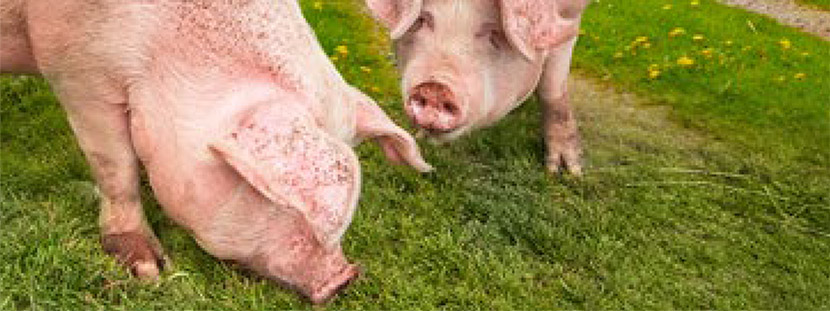
Impact of Reducing Antibiotic use, the Dutch experience
Ron Bergevoet
The keys to successful Lactation in hyperprolific sows
Mercedes Sebastián Lafuente
Addressing the challenge of Management in Transition
Víctor Fernández Segundo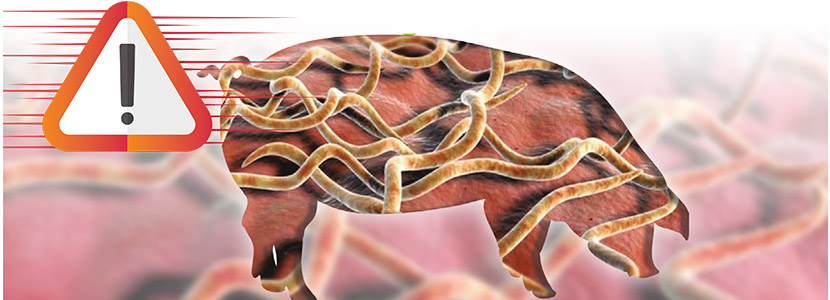
Dealing with the rise of Swine Dysentery
Roberto M. C. Guedes
Actinobacillus pleuropneumoniae – What are we dealing with?
Marcelo Gottschalk
The new era of Animal Welfare in Pig Production – Are we ready?
Antonio Velarde
Gut health in piglets – What can we do to measure and improve it?
Alberto Morillo Alujas
Interview with Cristina Massot – Animal Health in Europe after April 2021
Cristina Massot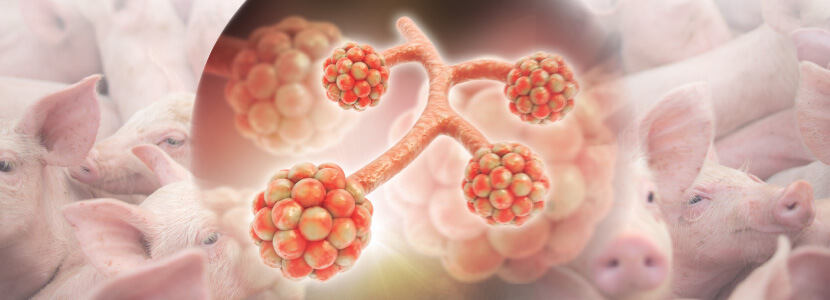
Differential diagnosis of respiratory processes in pigs
Desirée Martín Jurado Gema Chacón Pérez